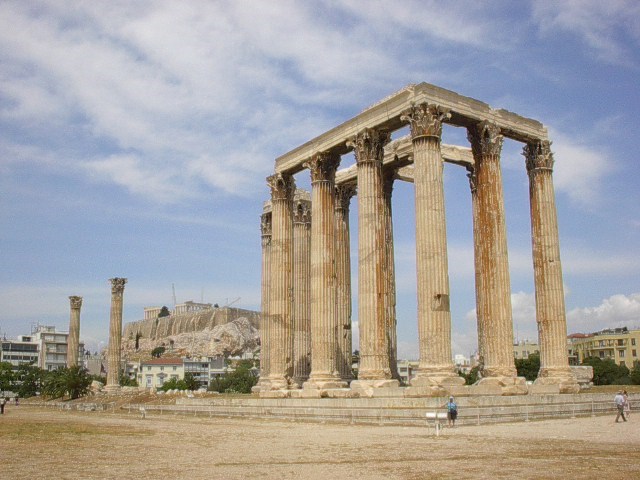Interesting Places I've Photographed
Astronomical Clock
Prague, Czech Republic
Topic: Clocks
GPS: N50° 05.216; E014° 25.244
Quick Description:
This most intricate and
fantastic clock is a Prague icon.
Long Description:
The Astronomical Clock
is mounted on the wall of Old Town City Hall in the Old Town Square of Prague.
The clock mechanism is composed of three main components: the astronomical dial,
representing the position of the Sun and Moon in the sky, "The Walk of the
Apostles", an hourly show of figures of the Apostles and other moving
sculptures—notably a figure of Death (represented by a skeleton) striking the
time, and a calendar dial with medallions representing the months.
The oldest part of the clock and astronomical dial dates back to 1410. It was made by Mikuláš of Kadan and Jan Šindel. Around 1490, the calendar dial was added and clock facade decorated with gothic sculptures. In the 17th century moving statues were added. Figures of the Apostles were added after major repair in 1865-1866.
The oldest part of the clock and astronomical dial dates back to 1410. It was made by Mikuláš of Kadan and Jan Šindel. Around 1490, the calendar dial was added and clock facade decorated with gothic sculptures. In the 17th century moving statues were added. Figures of the Apostles were added after major repair in 1865-1866.



































